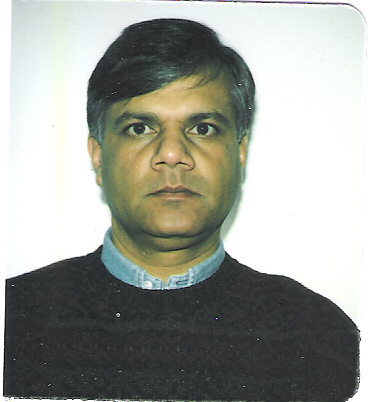Contribute
| Technology: Generating Electricity For Own Use - Is It For Everyone? |
Nikhil Gandhi
09/04/2005
High oil prices and the Energy Policy Act signed by President Bush have
ignited interest in alternative energy resources. Renewable energy
technologies such as wind power, solar energy, fuel cells, bio fuels
and microturbines will be encouraged. These technologies can produce
power at or near a user’s location instead of a centralized location
(traditional power plants); therefore, these are often called
distributed generation (DG) technologies. This article explains the
concept of DG and its benefits, and provides guidelines for users to
ask the right questions for selecting its appropriate application.
DG is not a new concept [1]. Emergency generators used for backup
power generation are a form of distributed power generation, but they
are used only in an emergency and remain an underutilized asset that
does not benefit the electric distribution system or users.
Policymakers have become interested in DG as the lead time to build a
large new power plant has increased, electricity transmission and
distribution (T&D) networks have become congested, and building
additional T&D capacity has also become expensive. DG solves some
of these problems because it can be installed faster and closer to the
location where electricity is being used; thereby, alleviating
congestion in the T&D infrastructure. For electricity users,
generating own power improves the reliability of operation, lowers
electric bills especially during the peak usage period, and fully or
partially meets the heating and cooling needs. DG owners might be able
to sell surplus power back to the utilities.
While benefits
to users and electric distribution utilities are obvious, DG is not
widely adopted yet because many obstacles remain that makes it
appropriate only under specific conditions.
Despite the hype
about new power generation technologies, not all of them are
cost-effective today, and some are not mature enough for a wider use.
Among renewable technologies, only wind power can be competitive with
electricity produced by traditional power plants. Other renewable
technologies are not competitive without substantial financial
incentives from state or federal programs. Conventional technologies
such as reciprocating engines, steam turbines, and gas turbines are
proven and cost-effective but noise, emissions, average electric
conversion efficiency (unless heat is usable), reliance on fossil
fuels, and maintenance burden discourage their adoption. Finally,
selling surplus power back to the grid requires regulations that would
mandate electric distribution utilities to purchase DG power, but users
must comply with the distribution utilities’ guidelines for
interconnection with their T&D system.
There are, however, many applications where users can benefit from installing DG equipment. The questions they must ask are:
1. Will I benefit from generating power year-round or
only during the peak time when it costs more to use electricity?
2. Can the heat generated during power production be used?
3. Is secure backup power required all the time?
4. Are cost-effective and mature DG technologies available?
5. Can surplus power be sold to the distribution utility?
6. Will the installation meet regulatory requirements?
It would be prudent to consult a professional before making a decision on installing distributed power generation equipment.
Footnote:
[1] California Energy Commission defines distributed
generation as: “Distributed Generation is electricity production interconnected
to the T&D system that is on-site or close to the load center.â€
You may also access this article through our web-site http://www.lokvani.com/
